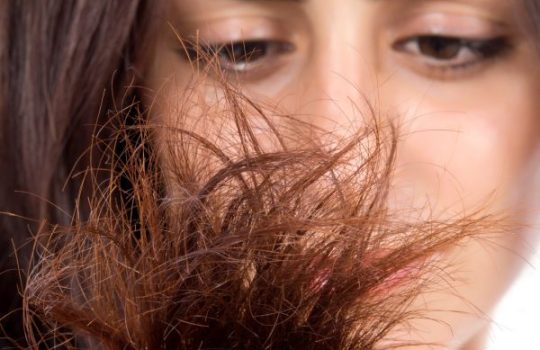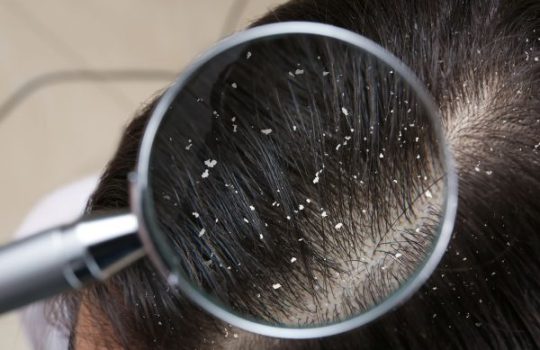Porous hair: how to take care of it?
Do you have uncontrollable frizz, dry or heavy hair and no product seems to work? The problem could well be the porosity of your hair. But don't worry, we're here to help you demystify this hair term and give you the keys to taking back control.
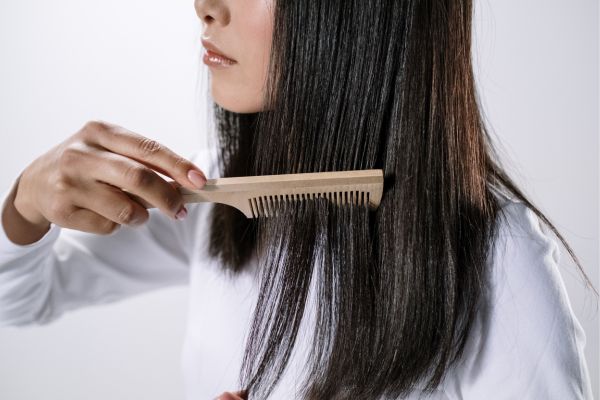
Porous Hair: What is porosity?
Porous hair may seem like a bit of a technical concept, but it's actually quite simple. Porosity refers to the hair's ability to absorb and retain moisture. It is an essential characteristic that has a direct impact on the health and appearance of the hair. Imagine each strand of your hair as a shaft covered in small scales, called cuticles. These cuticles can open and close depending on different factors, like temperature and pH. When open, they allow moisture to flow in and out, making your hair porous.
Hair porosity can be low, medium or high. Low porosity hair has tightly closed cuticles, which prevents moisture from penetrating easily, but once inside, the moisture remains well locked away. Medium porosity hair has a good balance of moisture absorption and retention, which is ideal. Finally, porous hair has wide open cuticles, which allows moisture to enter and exit very easily. This can cause hair to become dry and brittle as it loses moisture quickly.
Detecting porous hair: no need to be an expert!
So how do you determine if your hair is porous or not? Don't panic, you don't need to be a hair care expert to do it. There are several simple methods you can do at home to assess the porosity of your hair.
The Hair Strand in Water Test: This is probably the most well-known porosity test. Take a few strands of your hair (that have fallen out naturally, of course) and drop them into a glass of water. Leave them for about 2-4 minutes. If your hair sinks to the bottom of the glass, it means that it has absorbed the water and is therefore porous hair. If they float, they have low porosity.
The finger slide test: You can also test the porosity of your hair by sliding your fingers along a strand, from the tip to the root. If it feels rough or you experience snags, this may indicate high porosity. If it's smooth, your hair probably has low porosity.
The Product Absorption Test: Finally, observe how your hair reacts when you apply a product. If your hair absorbs product quickly, it probably has porous hair. If the product seems to stay on the surface, they have low porosity.
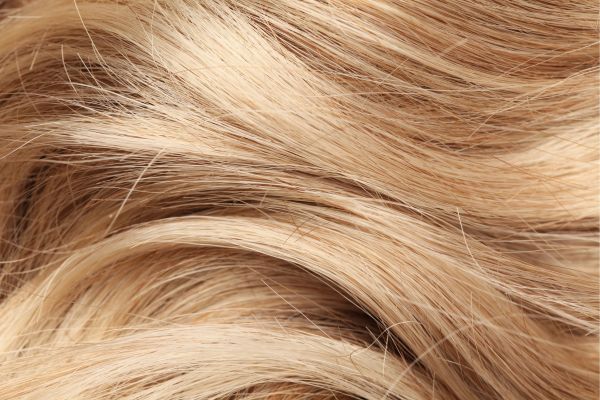
How to treat porous hair? A step-by-step guide
Hair porosity may seem like a complex problem, but there are simple and effective solutions to deal with it. It's all about finding the right balance. Here's how you can achieve this:
Highly porous hair
For highly porous hair, the goal is to seal the moisture inside to prevent it from escaping too quickly. Here's how you can achieve this:
- Use oils and butters : Natural oils like coconut, olive, and argan oil can help seal in moisture inside the hair. Apply the oil to the hair after washing and moisturizing it. Butters, like shea butter and mango butter, are also great for sealing in moisture.
- Do oil baths: Oil baths can help nourish hair and seal in moisture. Apply the oil generously to your hair, cover it with a shower cap and leave it on for at least an hour before washing.
- Use sulfate-free products: Sulfates can dry out hair and increase porosity. Opt for sulfate-free shampoos and conditioners to protect your hair. *
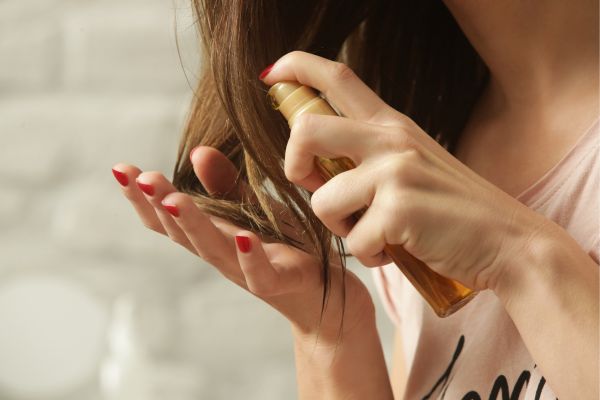
Low porosity hair
For low porosity hair, the challenge is opening the cuticles to allow moisture to enter. Here's how to do it:
- Use heat: Heat can help open hair cuticles. You can use a heated cap or simply apply your conditioner in the hot shower.
- Do hair care: Hair masks can help deeply hydrate low porosity hair. Look for masks containing moisturizing ingredients like aloe vera, honey or glycerin like our 5 in 1 leave-in , enriched with linen gel, shea butter, honey and aloe vera, it hydrates, nourishes and protects the hair fiber . It's the perfect treatment to pamper and boost the shine of your hair without weighing it down!
- Avoid Protein: Low porosity hair often has difficulty absorbing protein. If you notice that your hair becomes stiff or brittle after a protein treatment, it is best to avoid these products.


